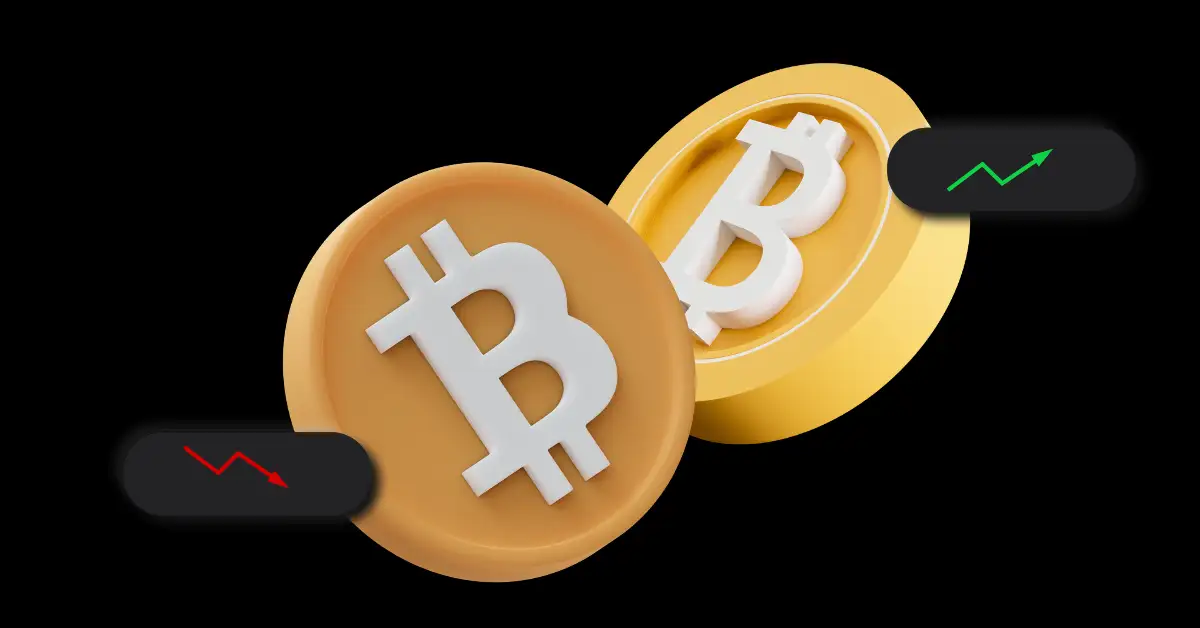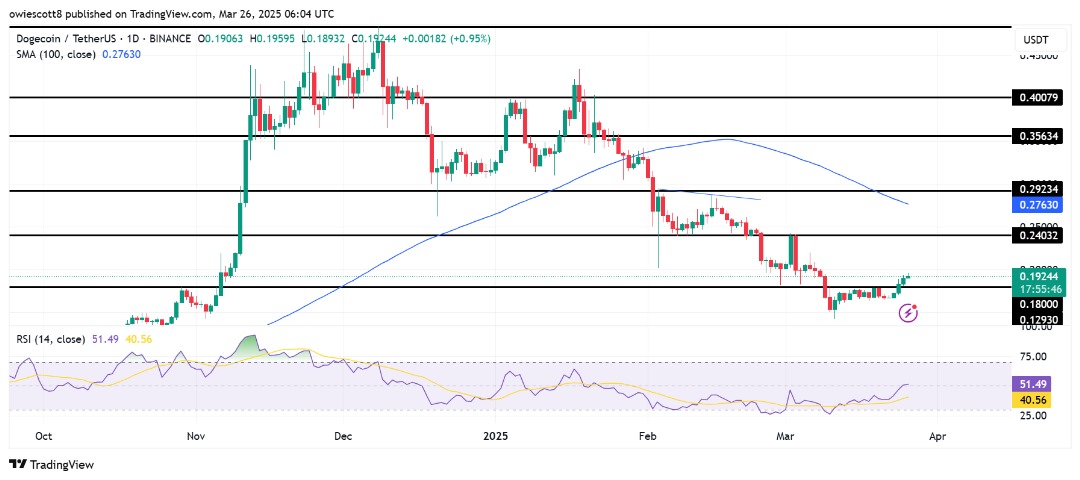Coinbase Loses Market Share in Ether Staking as Regulatory Pressure Mounts
The exchange’s share in ETH staking dropped to 9.7%, the lowest since May 2021. The SEC sued the company in June for offering unregistered securities.

Crypto exchange has lost market share in the booming ether () staking business as mounting pressure from U.S. regulators weighs on its staking service.
The exchange’s share in ETH staking slipped to 9.7%, the lowest level since May 2021, according to a by digital asset investment product-issuer . This is a significant drop from the 13.6% recorded on April 12, when Ethereum’s allowed withdrawals for the first time.
The downturn has happened as the demand for – locking up tokens to participate in securing the blockchain while earning a passive income on holdings – . The Shanghai upgrade unleashed a wave of deposits to staking, with inflows outpacing withdrawals by some , worth $7.3 billion at curren t prices.
Coinbase, however, suffered a net outflow of $517 million (272,315 ETH) during the same period, the second-largest amount after rival crypto exchange Kraken.
“A potential reason could be that investors do not want to be exposed to regulatory risk by using Coinbase’s staking services,” Tom Wan, analyst at 21Shares, told CoinDesk in a note.

Kraken was by the U.S. Securities and Exchange Commission () earlier this year and shuttered its service for U.S. customers as part of a settlement with the agency.
On June 6, the SEC also a lawsuit against Coinbase for violating federal securities laws, including offering to users with its staking service. However, the exchange said it remained committed to .
Since the lawsuit, Coinbase has withdrawn some 149,300 ETH from Ethereum’s network, while depositing only 52,992 tokens, compiled by 21Shares shows. The $183 million net outflow indicates that users were unstaking tokens and fleeing the exchange.
Coinbase still held its position as the second largest staking service provider, but fast-growing rivals such as Figment, RocketPool and Kiln have been closing the gap, a shows.
The exchange takes a on user rewards earned by staking, so a decrease in the amount of staked tokens means less revenue.
Edited by James Rubin.
Disclaimer: The content of this article solely reflects the author's opinion and does not represent the platform in any capacity. This article is not intended to serve as a reference for making investment decisions.
You may also like
VIPBitget VIP Weekly Research Insights
The RWA (Real-World Assets) sector has been gaining significant traction in the crypto space, as it tokenizes traditional assets like real estate and bonds to bridge the gap between TradFi and DeFi. This process unlocks trillions of dollars in potential value, while enabling broader access to high-value investments through asset fractionalization, increased liquidity, and lower entry barriers. RWA also diversifies and stabilizes DeFi collateral options, addressing the sector's over-reliance on crypto-native assets and paving the way for large-scale adoption. With regulatory frameworks becoming clearer worldwide, the compliance advantages of RWAs are increasingly evident—drawing in institutional capital. What sets RWA projects apart is their connection to real-world income streams like rent and interest payments, offering more sustainable returns than purely speculative assets. These cash-flow-generating features appeal to investors seeking steady returns. As such, RWA is seen as a crucial step in the evolution of blockchain technology from concept to practicality. Its development potential and practical use cases make it an important sector in the crypto industry today.

Ethereum advances Pectra upgrade after Hoodi testnet success

Economist warns of a recession: Will Bitcoin and altcoins crash or rise?

Dogecoin Proves It’s Not Dead – $0.18 Retest Could Be The Beginning

